By Neenah Payne
Food security is not something anyone can take for granted now. Industrial chemical agriculture is destroying our soils and our health. Since it ramped up in the 1970s, we’ve lost one third of the Earth’s topsoil.
Allan Savory: How Cows Can Save The World points out that Scientific American warns that the world’s remaining topsoil will be gone within 60 years. So, unless we find a way to save our soils, we have just 60 harvests left. When soils are damaged, they turn into dust in a process called “desertification”. About 60% of the world is turning into deserts -- pushing 40 million people every year off their land. By 2050, it’s estimated 1 billion people will be refugees of soil desertification.
Ecologist Savory shows in his viral Ted Talk linked to below that cows are THE KEY to restoring our soils, providing clean water, feeding the world, protecting the oceans, and preventing drought and floods which drive political unrest and mass migration to cities and other countries. Understanding this profoundly different perspective is key to preventing the Sixth Great Extinction.
Savory, Founder of Holistic Management, warns: “Poor land leads to poor people which leads to social breakdown”. Savory’s 2013 Ted Talk How To Green The World’s Deserts and Reverse Climate Change is among the TOP 100 MOST-WATCHED TED TALKS. It has been seen by over 7 million viewers and is going up by thousands a day. Savory explains why livestock (cattle, goats, sheep) which are now used on five continents on 37 million acres are the ONLY protection for soils and water and the ONLY way to save our civilization. This approach also allows soils to sequester carbon.
Savory said in his talk at Harvard Allan Savory Presenting at Harvard Law School that his Ted Talk overcame 50 years of academic opposition to these ideas. He explains that when public opinion changes, government policy changes. So, you can help shift policies by sharing this Ted Talk.
In Running out of Time | Documentary on Holistic Management, Savory explains how he used Holistic Management to transform his land in Zimbabwe. In 2010, Savory and his wife, Jody Butterfield, founded the Savory Institute in Boulder, Colorado to promote restoration of grasslands worldwide. Today, Holistic Management is practiced by tens of thousands of people around the world with about 40 million acres under Holistic Management.
Allan Savory’s Regenerative Agriculture
Meet Allan Savory, the Pioneer of Regenerative Agriculture | Successful Farming
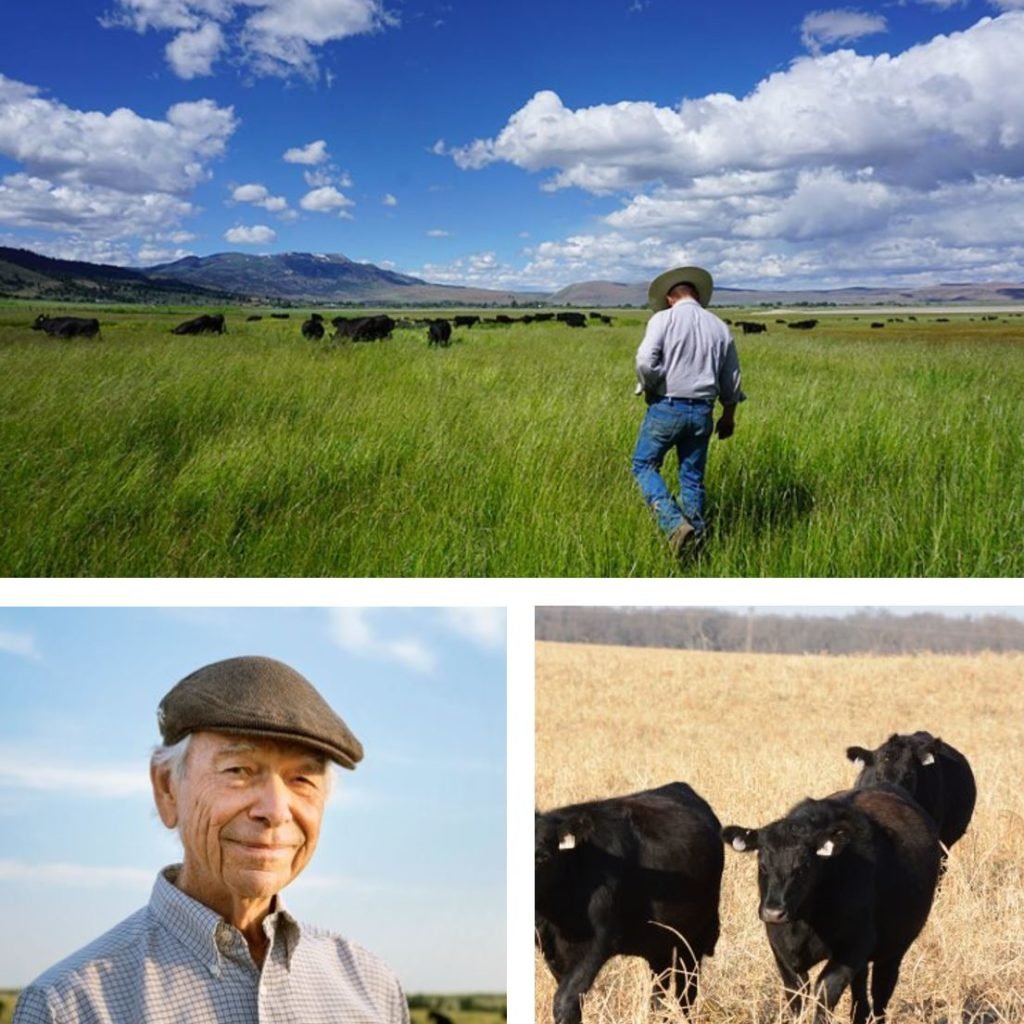
Spencer Smith wades through a pasture on his California ranch. A few years ago, these fields were parched and far less vigorous, but they rebounded quickly under regenerative management. If degraded grasslands were turned around on a large scale, the Savory Institute estimates enough carbon could be sunk into the soil to lower greenhouse gas concentrations to preindustrial levels in a matter of decades."
Dr. Zach Bush: The Health of Our Soil Determines Our Health
Dr. Zach Bush warns that human survival now depends on the urgent restoration of our soils to provide nutritious foods. GMO foods are causing our healthcare budget to bankrupt us. He says converting to organic farming is not sufficient because most US organic farmers are forced to till the soil which is as destructive as GMO pesticides.
Dr. Bush is working with farmers throughout the Midwest to facilitate the shift to the Regenerative Agriculture introduced by Savory. Their yields rise from $40 to $500-$900 per acre with improvements the first year. A million acres in the US have been regenerated. The goal is to convert five million more. Farmer’s Footprint helps support farmers in the transition process.
Dr. Bush offers the free film Farmer’s Footprint: A Path To Soil Health and Food Independence.
“THE WAY OUT” WITH ZACH BUSH shows the interview by Del Bigtree, host of The Highwire, had with Dr. Bush on Earth Day.
How We Can Eat Our Landscapes
Pam Warhurst explains how volunteers turned unused land into communal Incredible Edible vegetable gardens. Thirty towns in England followed suit as have places around the world.
Curtis Stone: The Urban Farmer
Curtis Stone, The Urban Farmer, warns about coming food shortages and provides tips on how to grow lots of food on small plots. See his book The Urban Farmer and his site https://fromthefield.tv/.
Since Curtis moved to the mountains in Canada, he is no longer an urban farmer as he explains in his interview Growing Food, Building Community, & Speaking Truth With Curtis Stone.
Christian Westbrook: The Ice Age Farmer
The site of Christian Westbrook, The Ice Age Farmer has lots of very valuable information. See his articles Brace For Impact: Food Inflation And Shortages “About To Get Much Worse” and Global Wheat Supplies Short as Drought/Flood Ravage Crops & Supply Chain Falters.
Former City Folks Live Like Amish Now
Why The Back To Land Movement Is Growing features Doug and Stacy.
NEVER BEFORE SEEN FOOTAGE |10 years living OFF GRID in this TINY HOME is a tour of the home and 11 acres of Doug and Stacy, former city folks who are now living off the land. Doug says he has been told by the Amish that he is now “more Amish than the Amish”!
Her Garden produced food, flowers, and these strange veggies is a 2020 tour of Stacy’s garden.
Doug and Stacy in Missouri have an informative channel OFF GRID with DOUG & STACY. They tried the popular Back to Eden method of growing food, but found that raised beds are far superior.
The COMPLETE raised bed gardening video | building - filling – benefits is a demonstration by Doug on how to create an optimal raised bed. Doug has a horse and buggy that he uses in case there is a gas shortage! They are completely off grid and totally independent. Many of their clothes and much of their furniture was created by the Amish. Doug says his compost is “OMRI certified”. OMRI stands for “Organic Materials Review Institute”.
Doug and Stacy host the Homesteading Life Conference every August in Missouri. The conference has other great presenters and workshops.
Gold Dealer Creates Urban Food Forest
In Lynette Zang: Why You Must Get Out of the System; The Fed's Master Plan, Daniela Cambone of Stansberry Research interviewed Lynette Zang, Chief Marketing Analyst for ITM Trading. Zang explained that the system collapsed in 2008 and has been on life support since then. So, there is no purchasing power in the US dollar or any other fiat currencies now.
Zang stresses that it’s important to prepare now for The Great Reset of the World Economic Forum and Central Bank Digital Currencies. Since Zang sells gold and silver, it's not surprising that she recommends precious metals. However, Zang explains that everyone has to be as self-sufficient as possible now. She reminds us that grocery stores quickly became empty last year and the supply chain has not been fixed. She points out that food is the biggest issue for everyone.
Zang lists her top eight priorities to retain a reasonable standard of living as shelter, food, water, energy, security, barterability (silver), wealth preservation (gold), and community.
Zang stresses that it is important for everyone to learn to garden now! In 2010, she sold her condo where she had planned to retire and moved to a home in central Phoenix. Although she had never been a gardener, she learned a lot and converted her half-acre property into a food-producing urban farm where she raises chickens, ducks, quail, tilapia, and fresh-water shrimp! Zang says she has a wide variety of vegetables in her Food Forest including peaches, plums, almonds, and walnuts.
Zang stresses the importance of community now. She donates a lot of food to a school for homeless kids and set up a program so the kids are now growing their own food.
See BEHIND THE SCENES: Off-Grid Sustainability with Lynette Zang and Erin Scott for a tour of Zang’s garden.
These photos are some of the many on Zang’s Facebook page.
Create Food Forest Abundance
Create Food Security In Your Backyard shows that Del Bigtree, host of The Highwire, met with Jim Gale of Food Forest Abundance and they planted a garden on the grounds of The Highwire office and studio. See their discussion at CREATING ABUNDANCE IN YOUR BACKYARD.
“We help families achieve an organic, healthy, and sustainable lifestyle by installing gardens and Edible Landscapes.” Site Consultation • Design & Planning • Permaculture Design Courses • Raised Beds • Edible Landscapes • MicroGreens • Hydroponics • Tower Gardens • Solar. We make growing your own food Easy, Fun, and Productive. Perfect for suburban yards, balcony gardens, retirement villages, community gardens, and small urban properties. As certified Permaculture Designers, we specialize in eco-smart designs that stack functions.
We transform ordinary spaces into beautiful, food-producing landscapes. Custom Foodscaping provides consultation, design, and installation services to help you realize your edible landscaping, farm & garden, or permaculture goals. We specialize in food forests, herb gardens, and profitable vegetable farms. We love to work with all types of institutions including schools, universities, hospitals, hotels, homeowner associations, community centers, and restaurants.”
Turn Your Lawn Into A Low-Maintenance Edible Landscape
Start To Grow Food Not Lawns includes a video which explains that fruit trees and bushes could be planted in small city parks across America to provide abundant fresh, local food for communities.
National and Personal Steps To Increase Food Security
Food Is A Double National Security Issue explains that Americans have long associated food lines with the Soviet Union and the Great Depression. We are not used to empty grocery store shelves. However, starting in 2020, many Americans saw shortages; and CNBC says 40% of Americans waiting in food lines for as long as 12 hours had never been food insecure before 2020.
The NYTimes reports ‘Never Seen Anything Like It’: Cars Line Up for Miles at Food Banks:
“Millions are flooding a charitable system that was never intended to handle a nationwide crisis…. Mr. Manning, who has worked at the food bank for 16 years, including through Hurricane Katrina, said that he had never witnessed such a combination of need, scarcity and anxiety. “‘Crazy’ pretty much sums it up,” he said…. Adding to the problem, school closings across the country mean that many families who relied on free or subsidized school breakfasts and lunches to keep their children fed are facing even greater need.”
The CNN report Hundreds of Floridians line up for free groceries as growing demand, decreasing supply pinches food banks shows how dire the situation is now.
My First Indoor Gardening Steps shows that in April, I began by buying five Edible Garden plants that I grow in my dining room window.
In May, I joined the Myrtle Village Green (MVG) Community Garden which is about a 15-minute walk from my apartment in Brooklyn.
“Myrtle Village Green is the only community garden, outdoor learning space, and secular gathering place of its kind in this part of Bed-Stuy. We feed the neighborhood with 1.3 tons of affordable, nutrient-dense food per season, and more than 50 varieties of fruits and vegetables from around the world. Our compost volunteers have diverted more than 36,000 pounds of food waste and trained dozens of community members about how to compost at home.”
When the severe drought hit California, I joined my co-op’s CSA program in early June because California grows over a third of our vegetables and supplies two-thirds of our fruits and nuts.
Brooklyn Neighborhood Program Increases Food Security
My neighborhood in Brooklyn, NY has an extensive program to help reduce food insecurity. Alejandra Remijio, Event Coordinator at the Myrtle Village Green community garden, was contacted by Chad Purky, BID (Business Improvement District) Executive Director of Myrtle Avenue Revitalization Project (MARP), to request volunteers to help package foods at the food pantry in the Brooklyn Navy Yard.
The MARP site says:
“Through programs like the Fort Greene & Farragut Fresh Pantry, our Healthy Communities Initiatives connect local residents with healthy, affordable food and active living programs in Fort Greene and Clinton Hill. Our Healthy Communities Initiative engages community members in improving access to healthy, affordable food in Fort Greene and Clinton Hill; supporting residents as they grow their own food; increasing community nutrition education & physical fitness opportunities; cultivating leaders of all ages; and documenting the food & health needs and desires of our community, especially for those with low incomes and seniors.
The Fort Greene & Clinton Hill Fresh Pantries, operated in collaboration with One Community and the Clinton Hill Fort Greene Mutual Aid (CHFGMA), provides over 10,000 pounds of FREE fresh produce and perishable items each month to residents of Atlantic Terminal, Farragut, Ingersoll, and Whitman Houses every Saturday. We are thankful for receiving food to distribute from City Harvest. We are proud to partner with the Atlantic Terminal, Farragut, Whitman and Ingersoll Residents Associations on this initiative.”
Alejandra recruited four of us last Friday to assist at the pantry for three hours. The operation is run by Ryan Greenlaw, the MARP Director of the Social Impact Partnerships Program. He helps manage the program’s food access, youth employment, and senior living programing for residents of the Fort Greene and Clinton Hill neighborhoods. Ryan previously served at Lyft as an equity and community engagement specialist connecting NYCHA residents and SNAP recipients to bikeshare.
Ryan seamlessly incorporated the five of us into his multi-faceted very smoothly-running operation. Two of us worked at tables helping to package the foods that would be delivered to neighborhoods, and two of us helped break down the boxes the foods came in. Alejandra helped with both. As the foods were bagged, they were put in huge carts. Ryan said that a record number of 1,600 bags were packaged that day. Each recipient gets two bags. The produce was packaged in clear bags and green bags.
Neenah Payne writes for Natural Blaze and Activist Post
Top image: Parliament UK
Originally posted here: https://hive.blog/health/@activistpost/multiple-ways-to-handle-food-insecurity-now

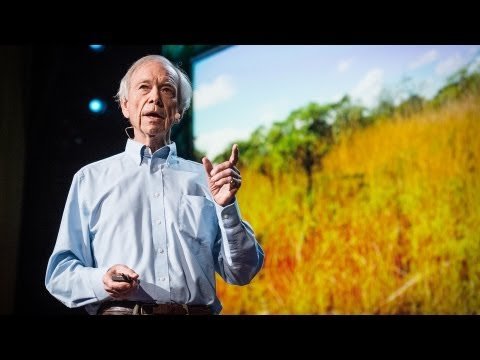

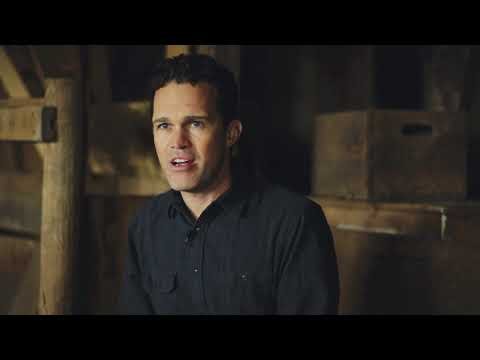
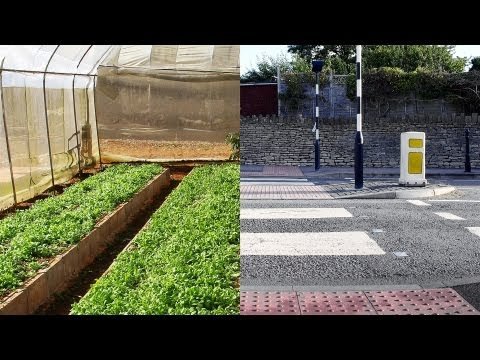


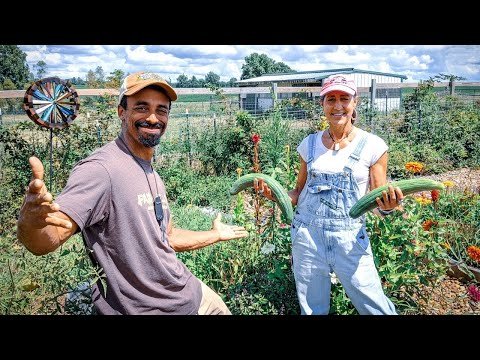



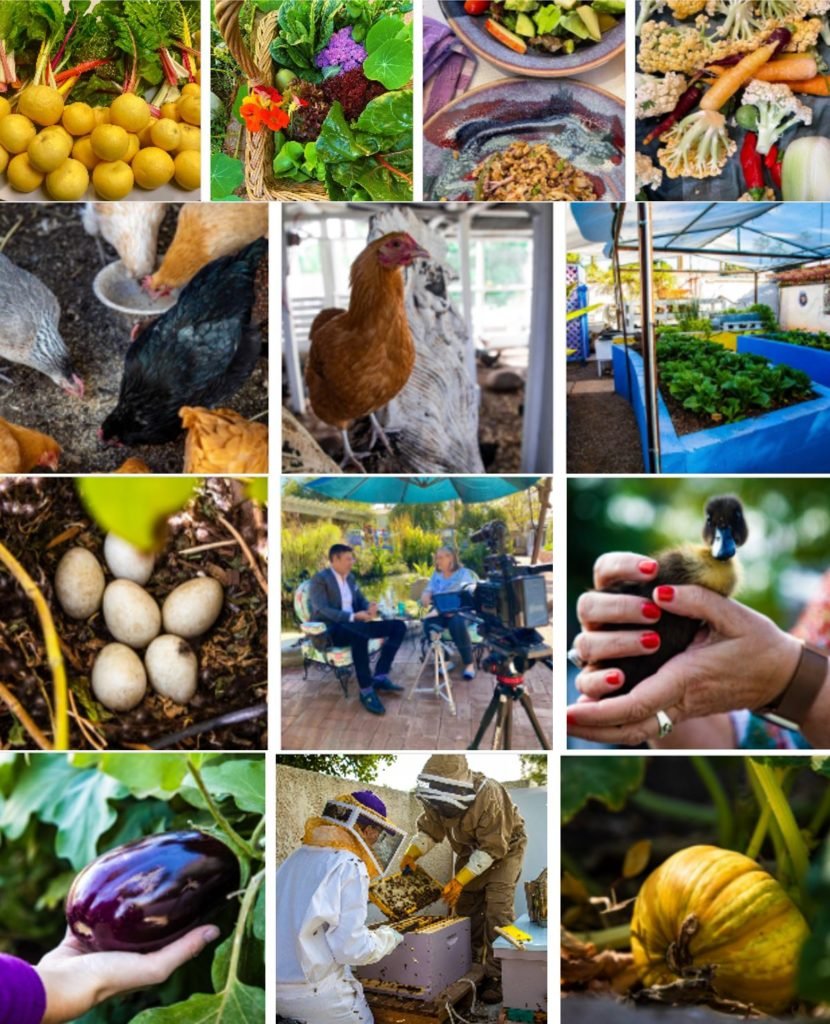
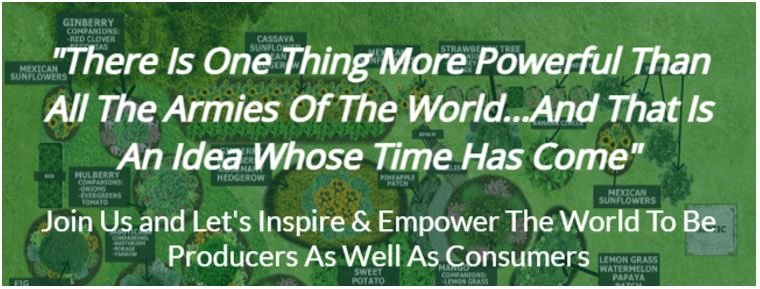

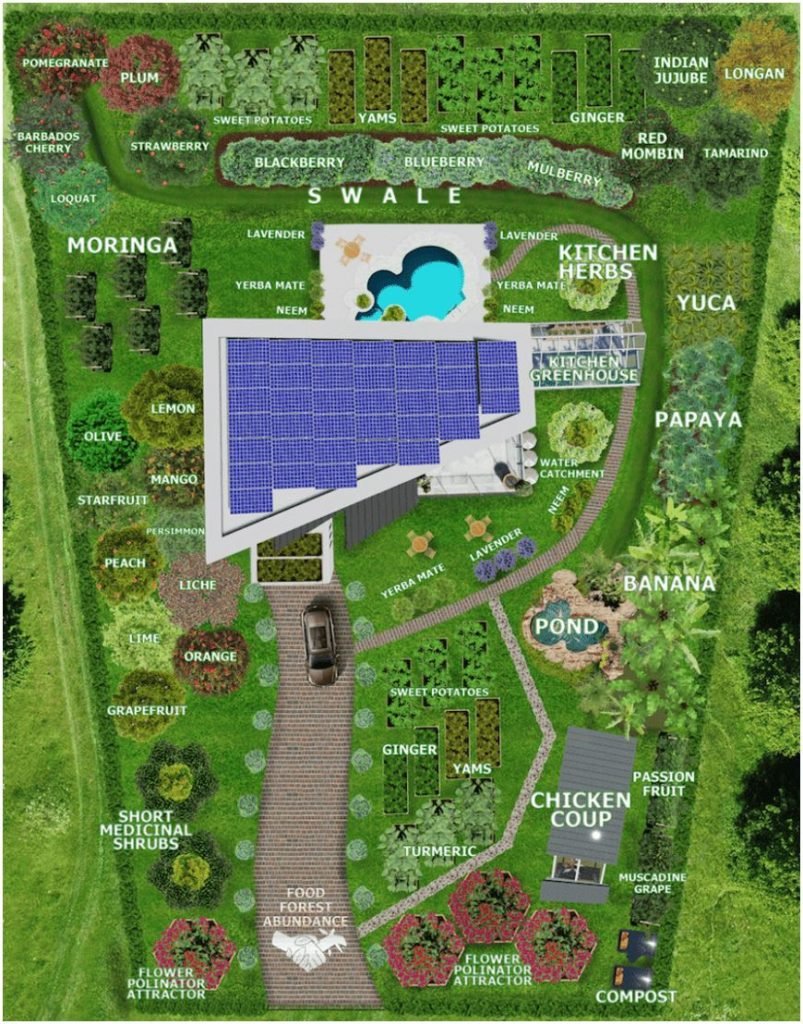
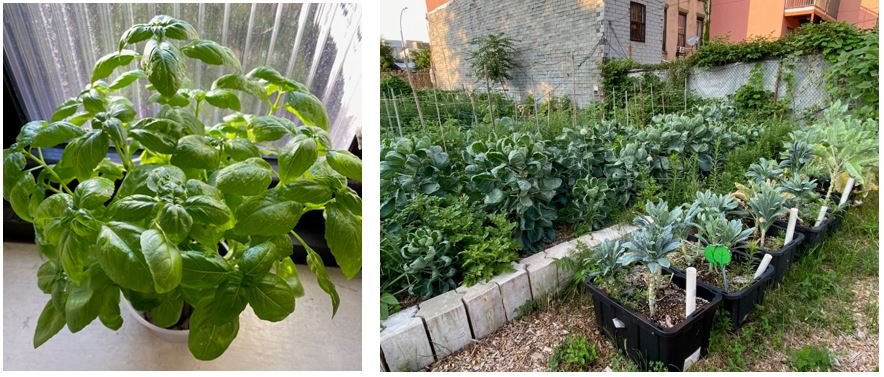
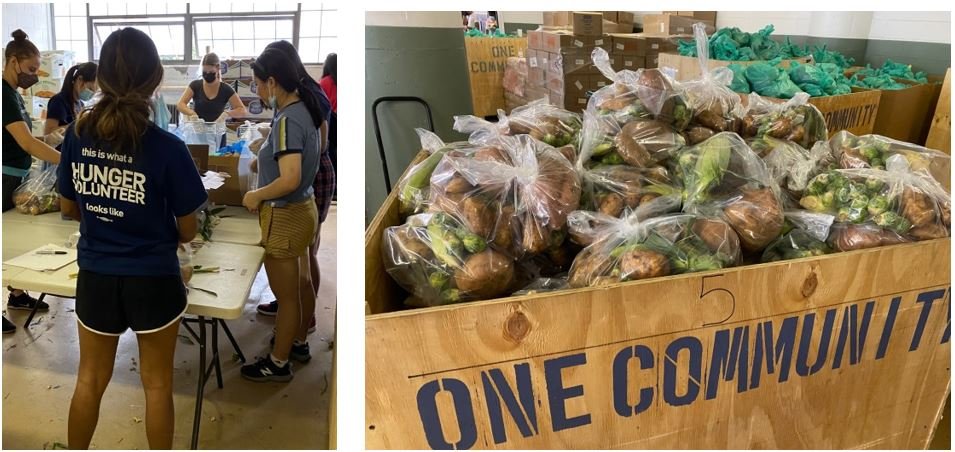
No comments:
Post a Comment